Hydroponics is a method for growing plants, particularly vegetables and fresh produce, without soil, using water mixed with nutrient solutions. Hydroponically grown plants and vegetables do not need to grow any form of extensive root system as they are fed directly with water and nutrients, they therefore tend to grow quicker and up to 50% larger than those grown in soil. As a result, commercial hydroponic farms are starting to emerge as a more economical way of growing fresh produce:
Green City Growers Tour by Horticulture Group
In addition to rapid and fuller growth, hydroponics has another big advantage; water and nutrient preservation. In natural ecosystems, less than 10% of the irrigated water is actually used by the plants. The remainder either drains away or evaporates. In a hydroponics system, the water is kept in the closed system therefore making it up to ten times more efficient than a natural farm. This is particularly important in areas with water restrictions. In addition to preserving water, the nutrients are also preserved. Because no water is draining out of the system, nutrients are locked into the system until they are used by the plants. This results in a much more effective and non-polluting means of fertilising the plants.
A basic hydroponic system consists of a grow bed in which the plants are grown, a water reservoir in which the nutrient rich water is stored and a pump circulation system to feed the water from the reservoir to the grow bed. The constant flow of water keeps the roots of the plant oxygenated and prevents rotting or excess bacteria growth.
Building a hydroponic garden is actually quite easy and allows you to save money on fresh groceries.
A cheap and easy DIY hydroponic system can be made using sections of 100mm (4”) PVC pipe as the growing bed, 50mm (2”) pipe as the drain lines, a storage container as the water reservoir and a pump and some tubing to circulate the water back into the growing beds.
Here are some ideas for building your own hydroponic system:
Wall Mounted System by Kanu Hawaii
Spiral System by Paul Goings
Horizontal System by Kathy Kimpel
Gravel System by Nicolás Boullosa
Plants are not germinated in a hydroponic system but are rather transferred into the system when they are about 100mm (4”) tall. They need to have a root system which is substantial enough to support the plant in the growing pot without soil.
Plants are transferred into grow cups which are essentially cups with holes in them to allow the water to pass through the roots of the plants. The plant’s roots are then placed into the grow cups and they are then supported with clay beads or stones. It is important that the bead or gravel size is large enough that it cannot fit through the holes in the cup. Also make sure that all of the soil is washed off of the plant roots when you are transplanting them into the grow cups.
Grow Cups by Chris Martin
Clay Beads in Grow Cups by Hurricanemaine
If you are growing your hydroponic system outdoors and in a well-lit area, then the sunlight will be sufficient for growth. If you system is placed indoors or in the shade then you may want to consider providing some artificial light for your plants to increase their growth rate and make them grow stronger and fuller. Grow lights can be specially bought or you can make your own using LED spot lights or LED strips. Any day light or white light LED’s will work well and can be powered from your mains or from a solar panel.
Have you built your own hydroponic system? Let us know your tips and tricks in the comments section below? We would love to hear from you.


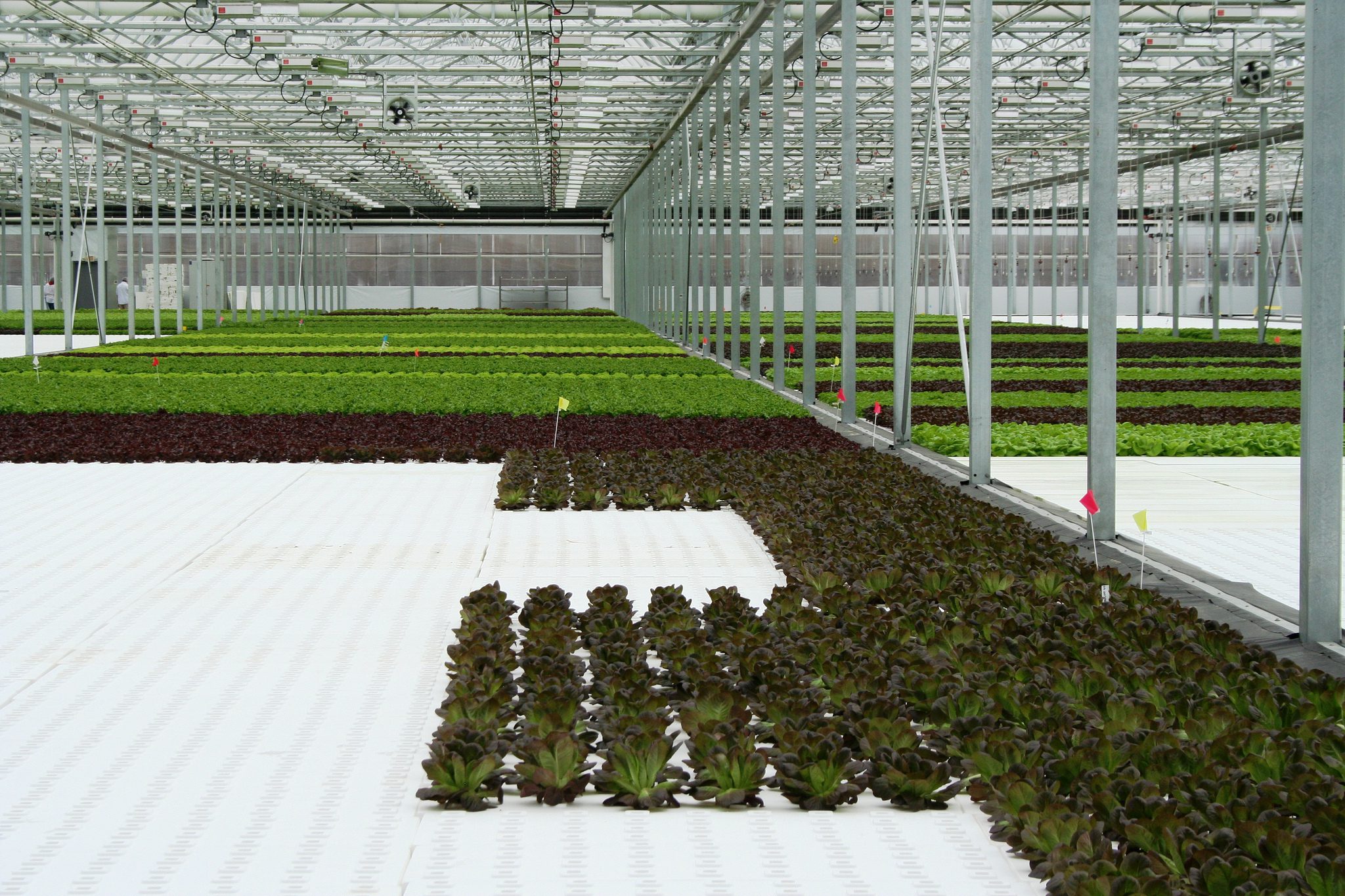
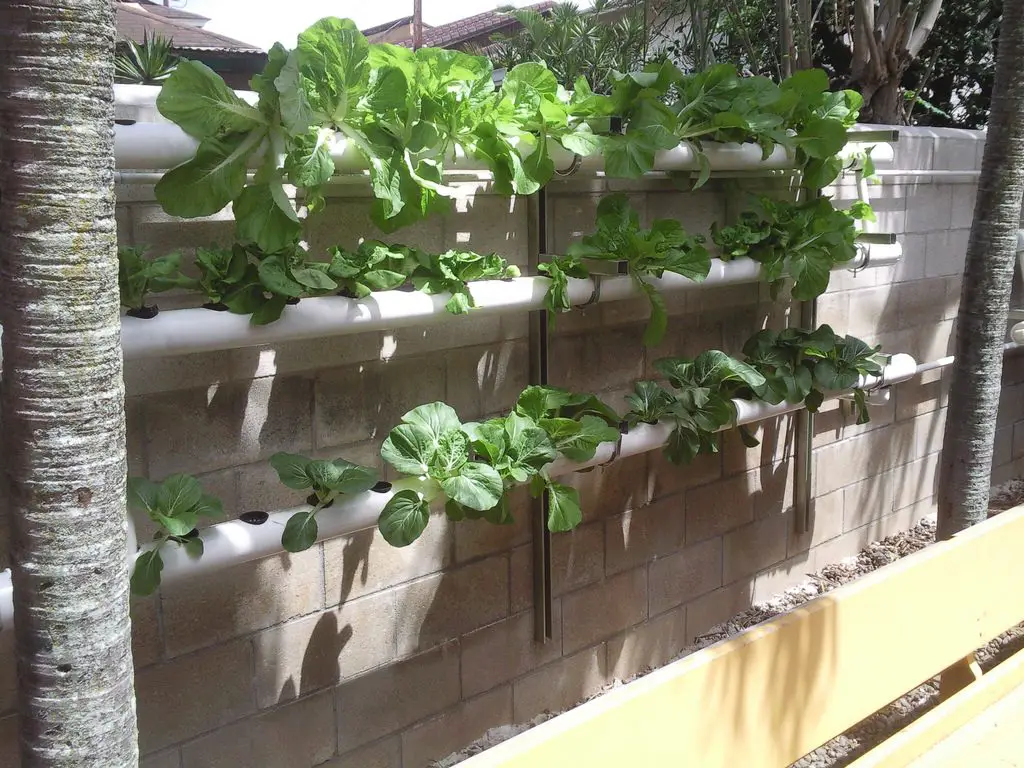
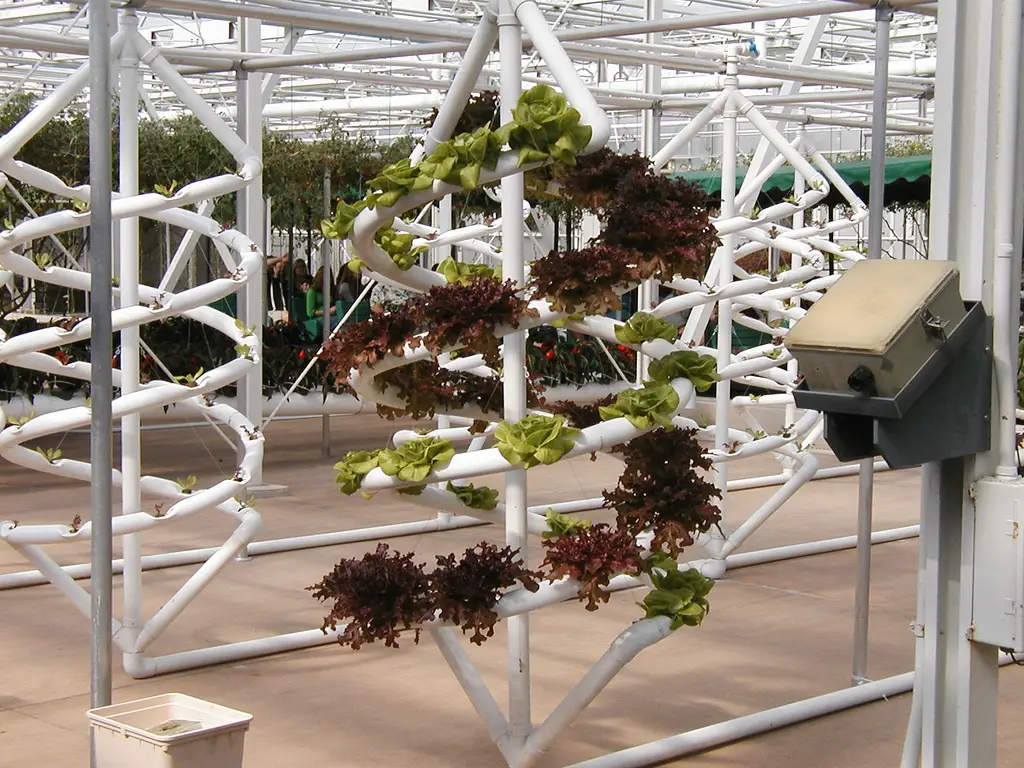
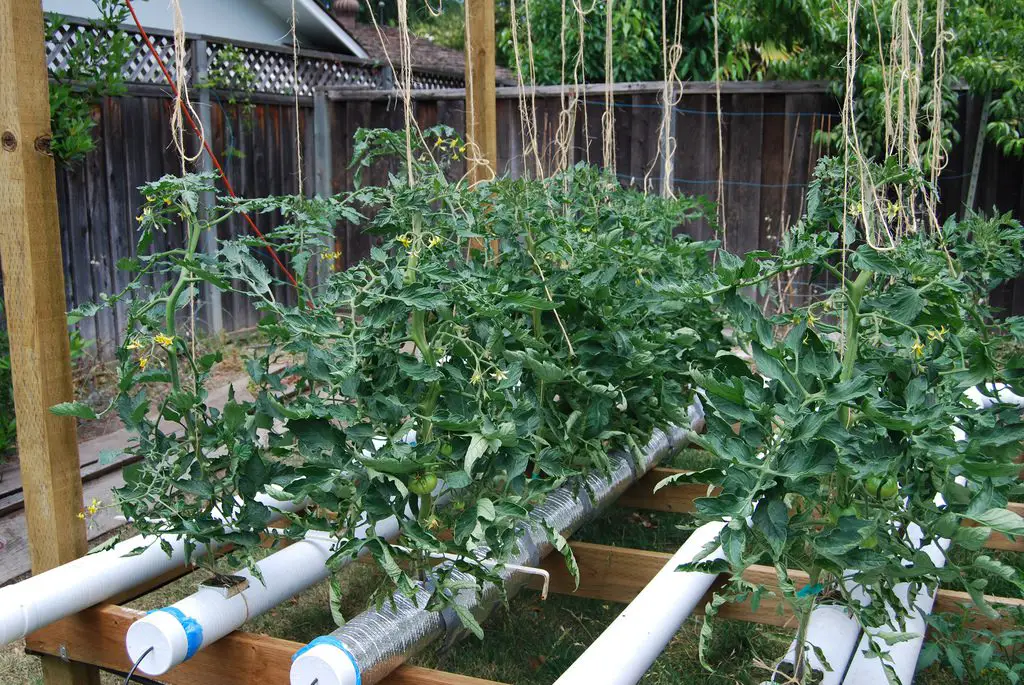
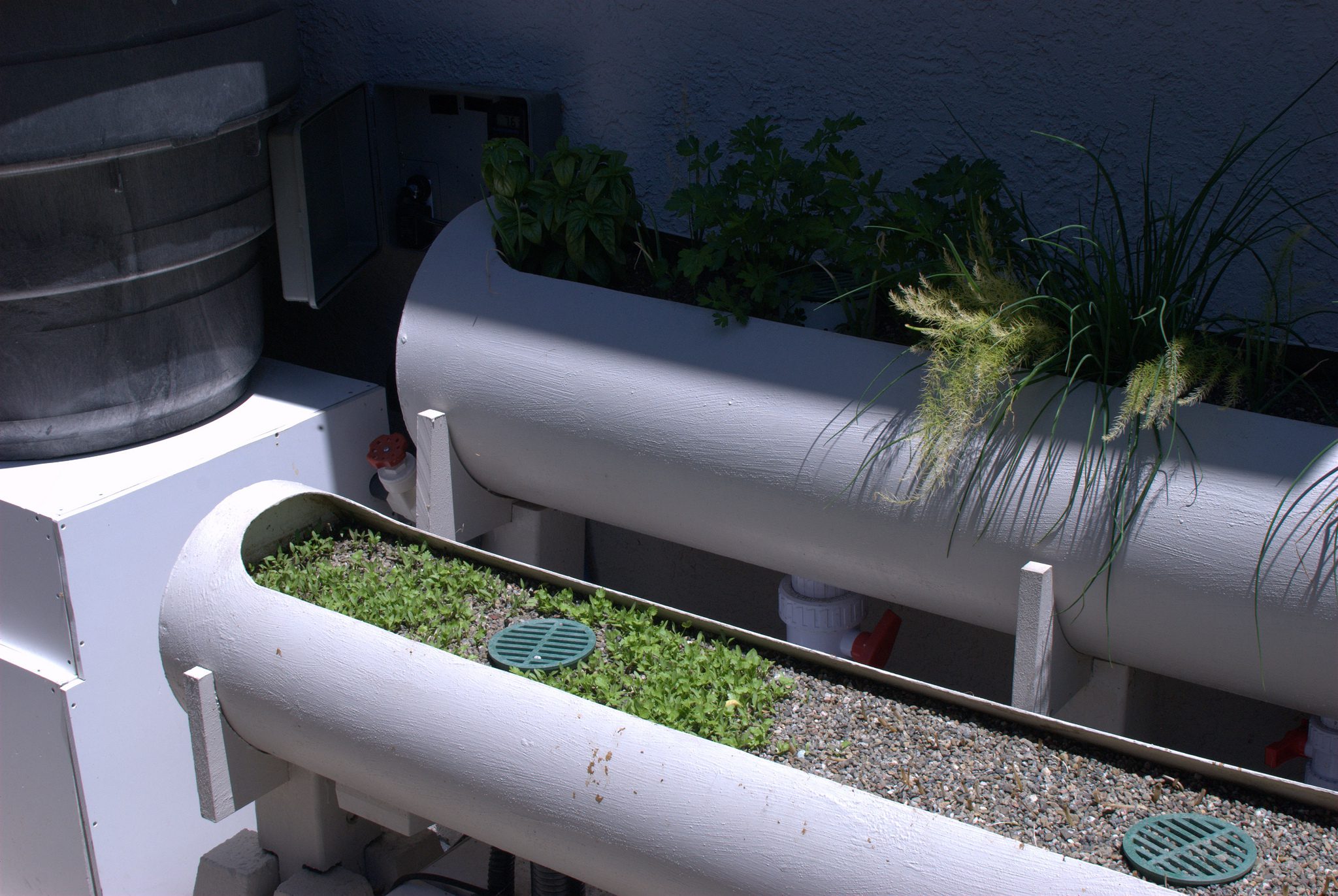
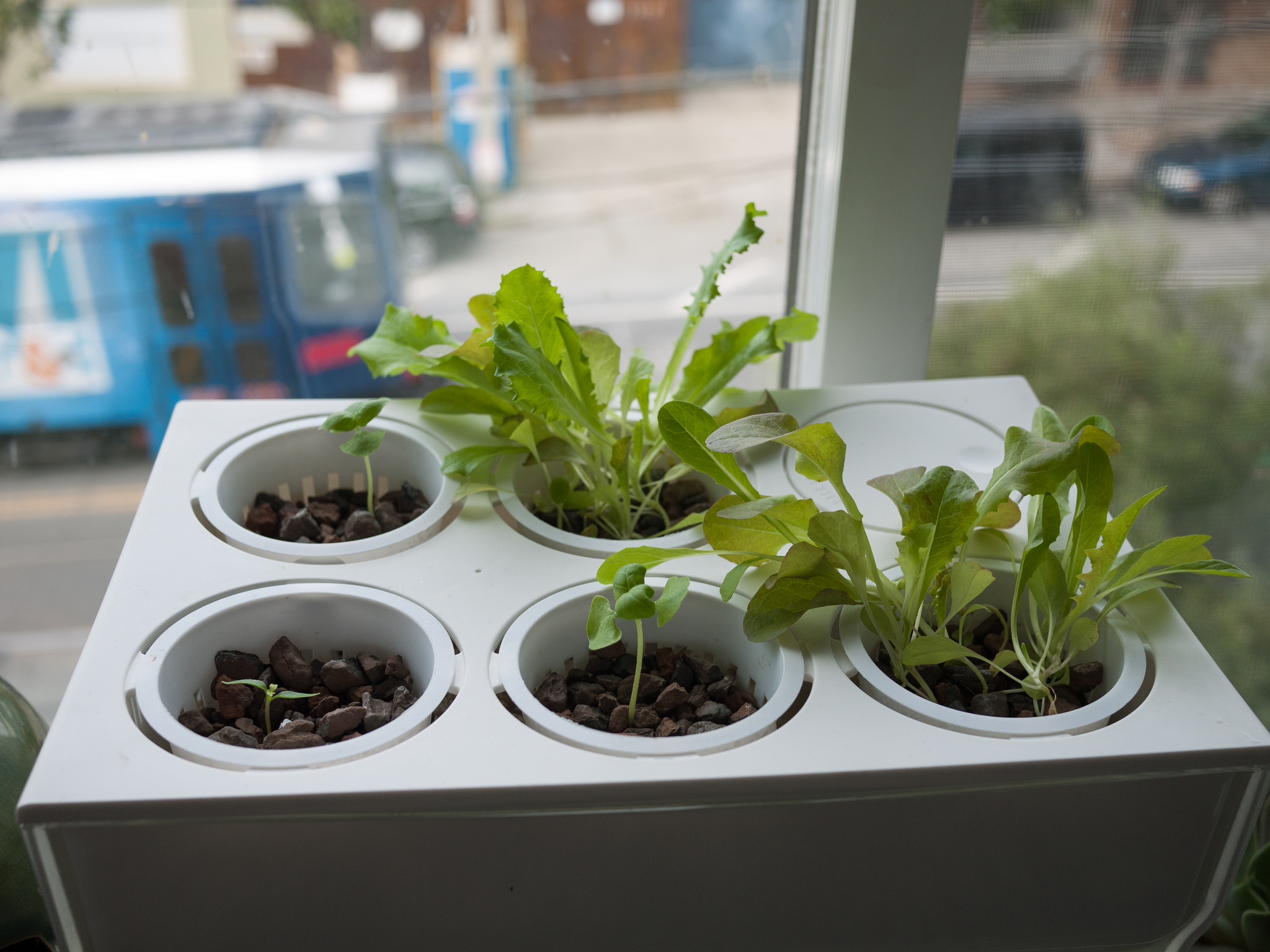
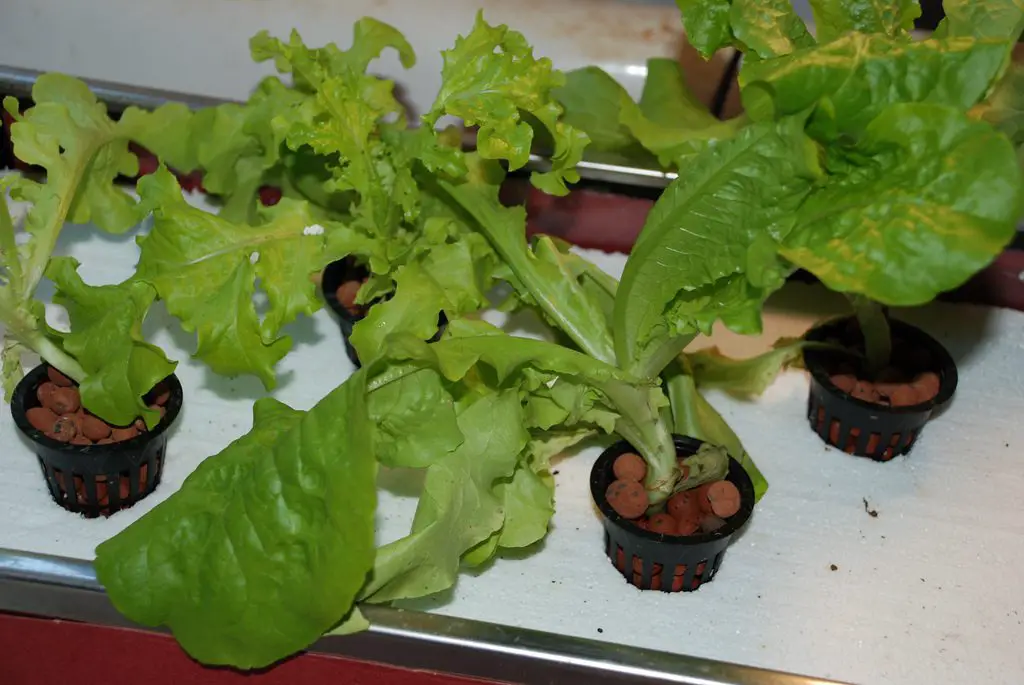
Hydroponics farming at home is considered as healthy and space saver,which keeps the people as fresh and healthy. Thanks for this article.